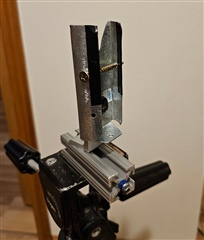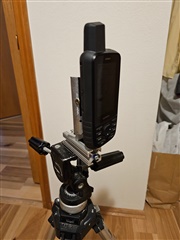The device allows for RINEX logging. Why does a consumer Outdoor Recreation device have this feature?
I've spent a few hours studying this, and it looks like a consumer can buy some specialized software to process the output, but why spend the money?
There are some free governmental processing sites like OPUS, GAPS and AUSPOS, but they seem to want multi-band data, and I believe the 66i only receives L1 data.
There is a Garmin Support Article which mentions RTKLIB, but it works in a Windows environment, and I don't.
How does the typical consumer involved with outdoor recreation actually use this functionality?




